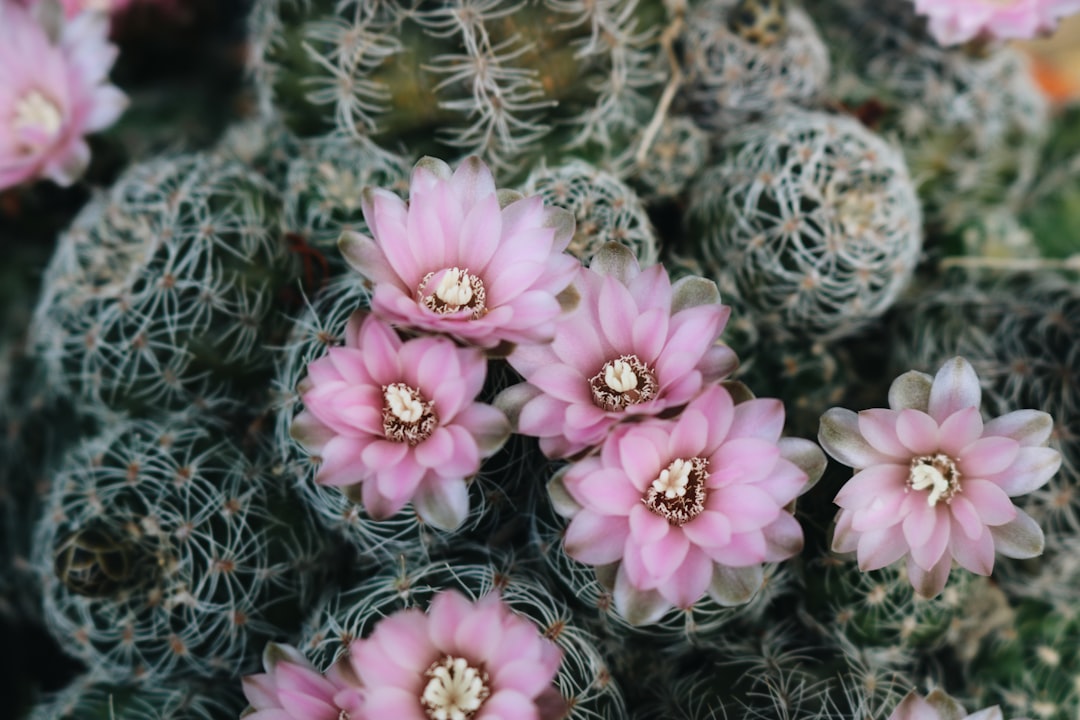In a world where urban living meets a deep desire for nature, succulents and cacti have become the poster children of indoor gardening. Their unique shapes, striking textures, and legendary hardiness make them ideal for homes and offices alike. In this guide, we’ll delve into the art of creating a resilient garden indoors—one that showcases the beauty of succulents and cacti while requiring minimal maintenance.
1. Why Choose Succulents and Cacti for Indoor Gardening?
Hardiness and Low Maintenance
Succulents and cacti are naturally adapted to thrive in arid environments, which means they require far less water than other plants. Their ability to store moisture in leaves and stems makes them ideal for busy individuals or anyone new to indoor gardening. These plants are forgiving of occasional lapses in care, making them a stress-free option.
Distinctive Aesthetics
With a wide variety of sizes, colors, and textures, succulents and cacti create a striking visual impact. Their sculptural forms and dramatic silhouettes add an element of modern décor to any room. Whether you prefer a minimalist arrangement or an intricate desert landscape, these plants offer endless design possibilities.
Environmental Benefits
Beyond their aesthetic appeal, succulents and cacti contribute to indoor air quality. They can help purify the air by absorbing pollutants, creating a fresher and more inviting environment. Their compact size and versatile nature allow them to be placed anywhere, even in tight urban spaces where nature might seem scarce.
2. Getting Started: Choosing the Right Varieties
Popular Succulents
-
Echeveria: Often called "hen and chicks," these rosette-forming succulents are perfect for decorative arrangements.
-
Aloe Vera: Known for its medicinal properties, aloe vera is not only visually appealing but also practical for natural skin care remedies.
-
Senecio: With trailing stems and vibrant hues, this succulent adds a cascading touch to indoor displays.
Beloved Cacti
-
Mammillaria: This genus offers small, globular forms that can be arranged in clusters to create a dramatic effect.
-
Opuntia: Also known as prickly pear, these cacti are notable for their unusual paddle-like stems.
-
Ferocactus: With their robust, barrel-shaped form, Ferocactus varieties are true statement pieces for any indoor garden.
3. Environmental Conditions: Mimicking the Desert Indoors
Light
Succulents and cacti thrive on light. Place them in a spot where they receive plenty of bright, indirect sunlight. South- or west-facing windows are ideal, but if natural light is limited, consider supplementing with grow lights that mimic the sun’s spectrum.
Watering
Water these plants sparingly. Overwatering is one of the most common mistakes. Allow the soil to dry completely between waterings, and remember that less is more. During winter or in cooler months, reduce watering even further to match their dormant period.
Temperature and Humidity
These desert dwellers prefer warm, dry conditions. Aim for indoor temperatures between 65°F and 80°F. Although they can tolerate a range of conditions, avoid placing them in areas with high humidity or near drafts, as excess moisture can lead to rot.
Soil and Potting
A well-draining soil mix is crucial. Commercial cactus and succulent mixes are designed to prevent water retention, which reduces the risk of root rot. Ensure your container has proper drainage holes and consider adding gravel or sand to improve drainage.
4. Styling Your Resilient Indoor Garden
Creative Arrangements
-
Minimalist Terrariums: Use glass containers to create minimalist displays that highlight the natural beauty of individual succulents.
-
Desert Landscapes: Combine different species of succulents and cacti with varying heights and textures to mimic the rugged charm of a desert environment.
-
Succulent Walls: Vertical arrangements or wall-mounted planters can transform a bare space into a living work of art, perfect for small apartments or modern interiors.
Decor and Accessories
Enhance your indoor garden with thoughtful decor choices. Consider natural elements like driftwood, decorative stones, or even vintage ceramic pots that complement the earthy tones of succulents and cacti. These accents can add personality and tie together your overall design theme.
5. Troubleshooting Common Issues
Overwatering and Root Rot
One of the most frequent pitfalls is giving these resilient plants too much water. If you notice yellowing or mushy stems, it’s a sign of overwatering. Immediately allow the soil to dry and adjust your watering schedule.
Pest Management
While succulents and cacti are generally pest-resistant, they can occasionally attract mealybugs or spider mites. Regularly inspect your plants and treat any infestations with an organic insecticidal soap or neem oil.
Adapting to Indoor Light
If your plants show signs of sunburn or excessive stretching towards light sources (etiolation), consider repositioning them or using sheer curtains to diffuse intense sunlight. Balancing light exposure is key to maintaining healthy, compact growth.
Conclusion
Creating a resilient indoor garden with succulents and cacti not only elevates your home décor but also brings a piece of the natural, arid landscapes into your everyday life. These plants offer a blend of low maintenance and high aesthetic value that appeals to gardeners around the globe. By understanding their specific needs—light, water, soil, and temperature—you can ensure that your indoor desert thrives year-round.
Embrace the uniqueness of these hardy plants, experiment with creative arrangements, and enjoy the transformation of your space into a stunning, living sanctuary. Happy gardening, and here’s to growing a resilient garden that stands the test of time!

Comments
No comments yet. Be the first to comment!
You must be logged in to comment. Login